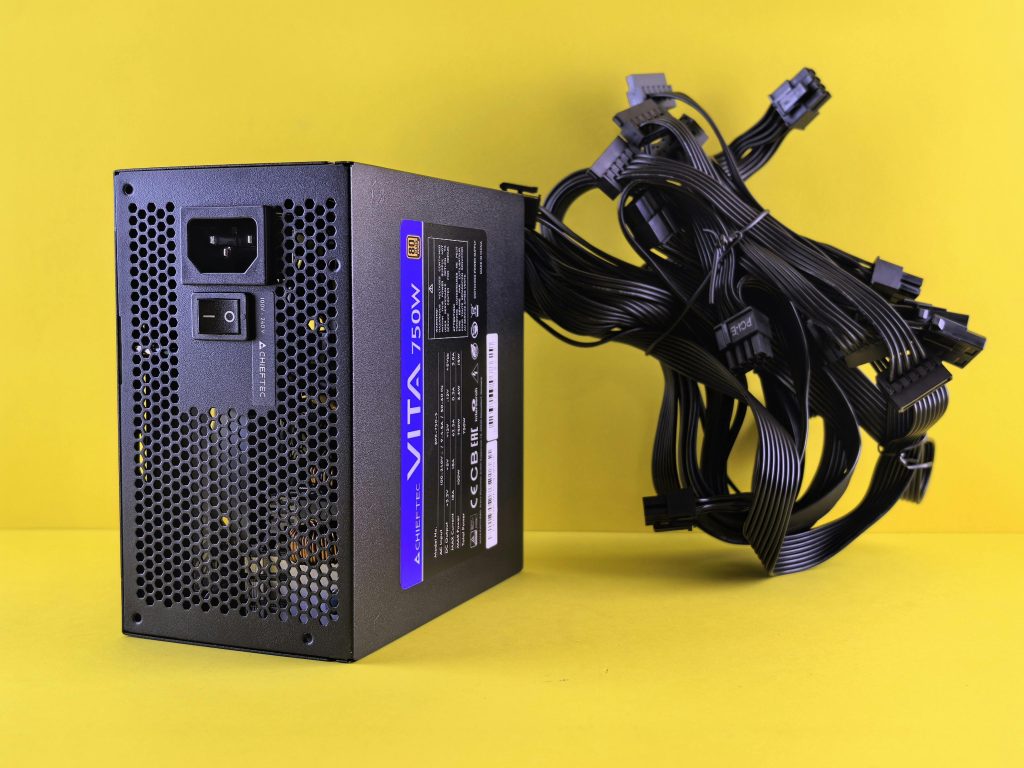Troubleshooting Windows Autologin Issues: A Comprehensive Guide
If you are a frequent installer of fresh versions of Windows, you may have encountered the frustrating problem where Windows does not automatically log you in even after setting it up properly. This issue often arises due to incorrect configurations in the netplwiz settings, leading to duplicate user entries or an “unable to connect” error message on startup. In this guide, we’ll delve deep into understanding why this issue occurs and provide a step-by-step tutorial on how to resolve it.
Understanding the Netplwiz Autologin Feature
What is Netplwiz?
Netplwiz is a legacy Windows command tool used mainly for managing user accounts and passwords. It provides an interface to enable or disable password requirements for logging in, configure autologin, or manage user privileges.
Autologin: A Blessing for Some
Enabling autologin can enhance user convenience, especially for those who often use their Computers in secure environments where privacy is not a major concern. Instead of entering a password every time the computer starts, Windows can bypass the login screen and go straight to your desktop. This feature is particularly useful for users who need quick access to their systems.
Common Problems with Windows Autologin
Duplicate User Accounts
One common problem that many users face is the appearance of duplicate user accounts at login. This can occur due to several reasons, such as incorrect settings in netplwiz or cached user credentials that confuse the system.
“Unable to Connect” Error Message
The “unable to connect” error message typically appears if there is a problem with the autologin settings or if there are network issues preventing the system from accessing required services during startup. This error can disrupt the autologin process, forcing users to log in manually.
Step-by-Step Guide to Fix Netplwiz Autologin Issues
To effectively troubleshoot and resolve issues with Windows autologin using netplwiz, follow the detailed steps below:
Step 1: Access the Netplwiz Interface
- Press
Win + Rto open the Run dialog box. - Type
netplwizand pressEnter. This will open the User Accounts panel.
Step 2: Configure Autologin
- In the User Accounts window, uncheck the box that says “Users must enter a username and password to use this computer.”
- Click the
Applybutton. A dialog will appear prompting you to enter your user account’s credentials. - Enter your password in the relevant fields and click
OK.
Step 3: Verify User Account Settings
It is crucial to verify that there are no duplicate entries or incorrect configurations in your user account settings:
- Go back to the User Accounts window and make sure there is only one instance of your user account in the list.
- Confirm that the account is part of the Administrators group, which ensures it has the necessary privileges.
Step 4: Tweak Registry Settings
Sometimes, adjusting the Windows Registry can solve persistent autologin issues:
- Press
Win + Rand typeregedit, then pressEnter. This will open the Registry Editor. - Navigate to the following registry key:
HKEY_LOCAL_MACHINE\SOFTWARE\Microsoft\Windows NT\CurrentVersion\Winlogon. - Ensure that the
DefaultUserNameregistry entry matches your account’s username. - Confirm the presence of the
DefaultPasswordentry with your correct account password as its value. If it doesn’t exist, create this entry as aString Value.
Step 5: Address Network Issues
If you are receiving an “unable to connect” error, there may be a network issue interfering with the login process:
- Verify your network connection is stable and that there are no ongoing issues with your ISP.
- Update your network drivers from the Device Manager to ensure they are functioning correctly.
- Disable any unnecessary startup programs that might be causing delays during boot.
Step 6: Restart and Test
- Restart your computer to ensure that changes take effect.
- Verify if autologin is now functioning correctly. If issues persist, reconsider the previously made steps to ensure completeness and accuracy.
Best Practices for Windows Autologin
While autologin can be a time-saver, it also involves certain security risks if not handled carefully. Here are a few tips to consider:
Regularly Update Your System
Ensure your operating system and all drivers are kept up-to-date. This helps prevent bugs that might lead to autologin issues.
Use Strong Passwords
Even if you set up autologin, keep your account password strong and change it regularly to safeguard against unauthorized access.
Monitor User Accounts
Pay attention to any changes in user accounts and their privileges. Unwanted changes might affect autologin configurations and cause future issues.
Maintain a Backup
Before making significant changes or installing a fresh OS, perform a full system backup. This allows you to restore functionality easily in case something goes wrong.
Conclusion
Configuring Windows to auto-login using netplwiz may seem straightforward, yet it can sometimes present challenges that can be confounding. By following this comprehensive guide, you should be able to navigate through common pitfalls and customize your Windows startup experience to better suit your needs. Remember to weigh the benefits of convenience against potential security vulnerabilities, ensuring that your data remains secure while optimizing your device’s functionality.
Share this content:



